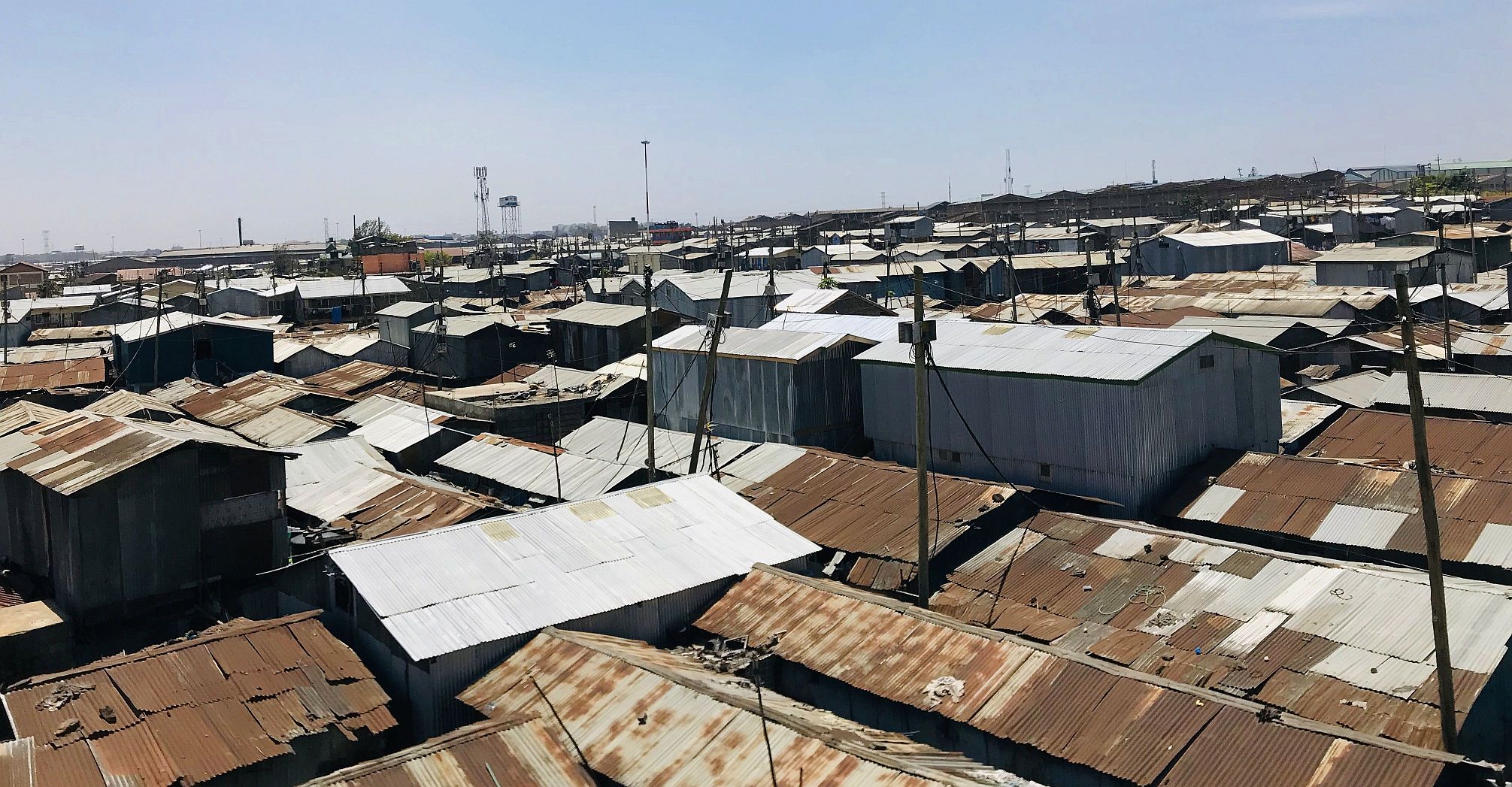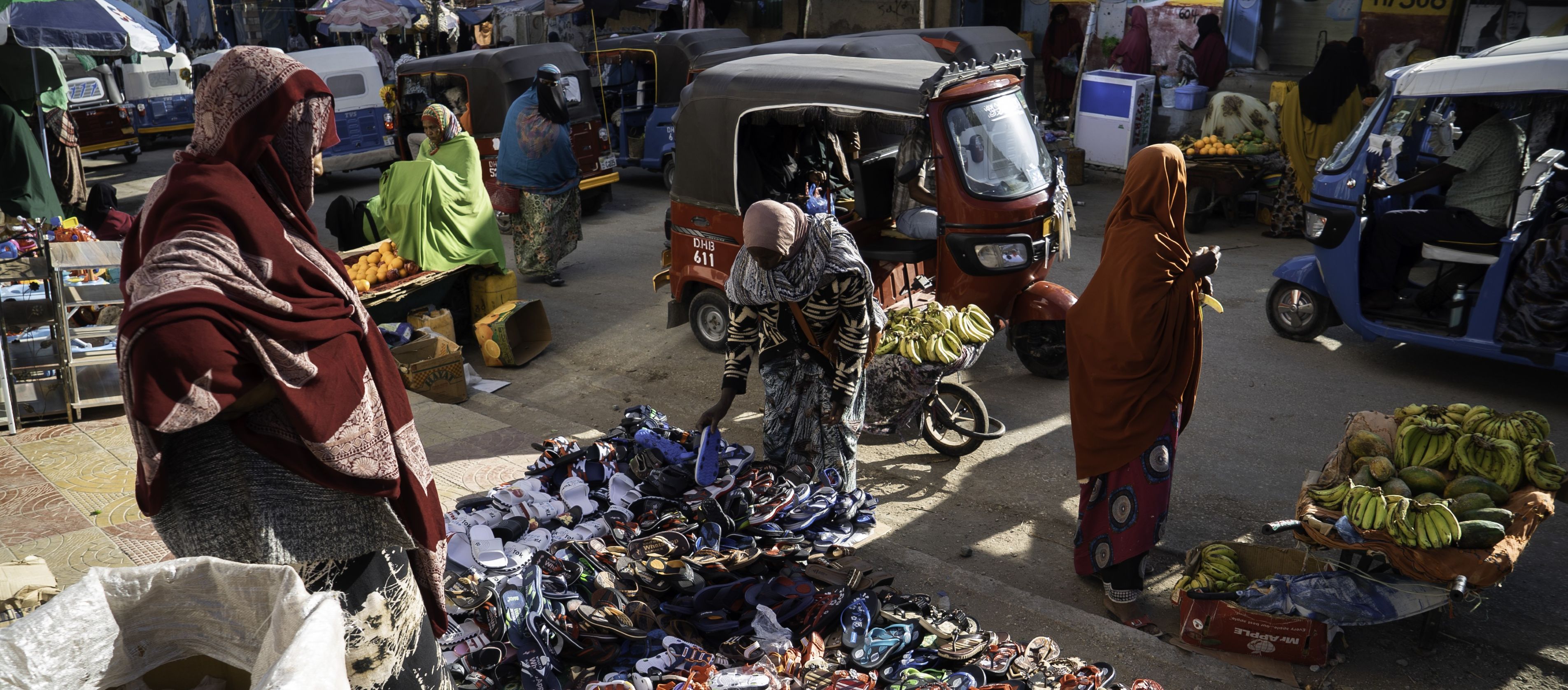This piece was originally published by the Thomson Reuters Foundation.

By Jane Weru, Executive Director, Akiba Mashinani Trust (AMT), and
William Cobbett*, Director, Cities Alliance.
Earlier this month, the Canadian High Commissioner hosted a roundtable to showcase the upgrading of Mukuru. The slum exemplified decades of neglect by the Kenyan political elite: impassable roads, especially in the rainy season, sewerage in the street, standing water, plastic and uncollected garbage everywhere, the residents housed in tightly-packed and overcrowded informal settlements. Similar scenes are on view in Nairobi’s other major slums: Kibera, Korogocho and Muthare valley.
They are familiar nationally and internationally through countless visits by visiting dignitaries, academics, media and development agencies. A project here and there has provided some services or support for some people but, for the past three decades and more, these were Nairobi’s slums. Not hidden, but certainly forgotten.
The current government of Kenya has signalled its intention to boldly confront the challenge of slum upgrading at scale. Building on the new Constitution of 2012, it declared Mukuru a Special Planning Area (SPA) in 2017, unblocking political and bureaucratic obstacles.
As in most cities, it is a dysfunctional urban land market that provides the biggest obstacle to city development: the future of African cities is held to ransom by their colonial past and political patronage.
The Nairobi land market is notoriously opaque and corrupt: in the case of Mukuru, land titles were given to select individuals and private developers during the regime of President Moi.
It is the poor who pay the most, for the least
Rather than invest, these lands were held for speculative purposes and left undeveloped. In time thousands of corrugated iron shacks were built for rent: over-crowded, unregulated – and highly profitable. Likewise, for services, it is the poor who pay the most, for the least: for unreliable and poor quality water, the poor of Mukuru pay 172% more than residents in Nairobi’s leafy suburbs; unreliable and unsafe electricity costs a premium of up to 129%.
In both cases, the ‘service’ is provided by unauthorised connections, providing extreme profits to the middlemen, and high losses to the government and service providers. In developmental terms, lose-lose.
To rebuild any city, neither small-scale projects nor incremental development is adequate – decisive action needs to be taken, at the appropriate scale: Only the state has the authority and means to address the political and developmental risks, particularly in respect of the urban land market.
In its most decisive move, the Nairobi metropolitan government has indicated its intention to cancel the Mukuru leases for breach of contract and to use the land to provide affordable homes. Stung by their loss, the structure-owners threaten to take the government to court.
The SPA covers some 689 acres, a population of 402,000 in over 100, 000 households. Before this upgrading programme began, 3863 poorly maintained toilets serviced the entire population - one toilet/ 103 residents: pit-latrines, emptied manually into drains and/or the river. Cholera outbreaks were an annual event in Mukuru.
Today Mukuru is a building site – over 50 km of roads are under construction, stormwater drains are being laid, each plot being connected to electricity, clean (free) water, and to the sewerage network.
While it is too early to judge the impact of the SPA, the chances of its success have been significantly enhanced by the partnership between the county government, and an extraordinary consortium of 41 local and international organisations involving civil society, academic institutions and the private sector.
Lead by grassroots organisations such as the Akiba Masinani Trust (AMT), SDI (Kenya) and Muungano wa Wanavijiji, 10 Mukuru households were organised into a cell, ten such cells formed one of 80 barazas which, in turn, were organised into 13 segments, allowing every household to participate.
Hidden investments are instrumental
Mukuru currently stands out as a flagship upgrading programmes in Africa. For this, the governments of Nairobi and Kenya deserve widespread recognition and praise for the leadership that they have shown.
However, it is also essential to highlight the hidden investments that have been so instrumental to progress thus far:
1. The first, and most hidden investment, is that provided by the residents of Mukuru themselves. Through countless meetings, events, conversations and protests, they have resisted evictions, articulated their needs and their demands and, with women playing a leading role, have built strong and accountable organisations.
2. The second investment is the long-term financial support that organisations like AMT, Muungano and Slum Dwellers International have received over a long period of time from international donors such as Misereor, the Ford and Rockefeller Foundations, Swedish Sida, and research support from IDRC.
If successful, Mukuru is more than a classic slum upgrading programme – it should integrate Mukuru into Nairobi and recognise the residents as citizens.
That is how cities are built. Throughout Africa, governments need to act with the same urgency demonstrated in Nairobi, and development partners and donors should invest long-term in slum-dwellers and their organisations.
* The opinions expressed herein are solely those of the authors and do not necessarily reflect the official views of Cities Alliance, its members, or those of UNOPS.





